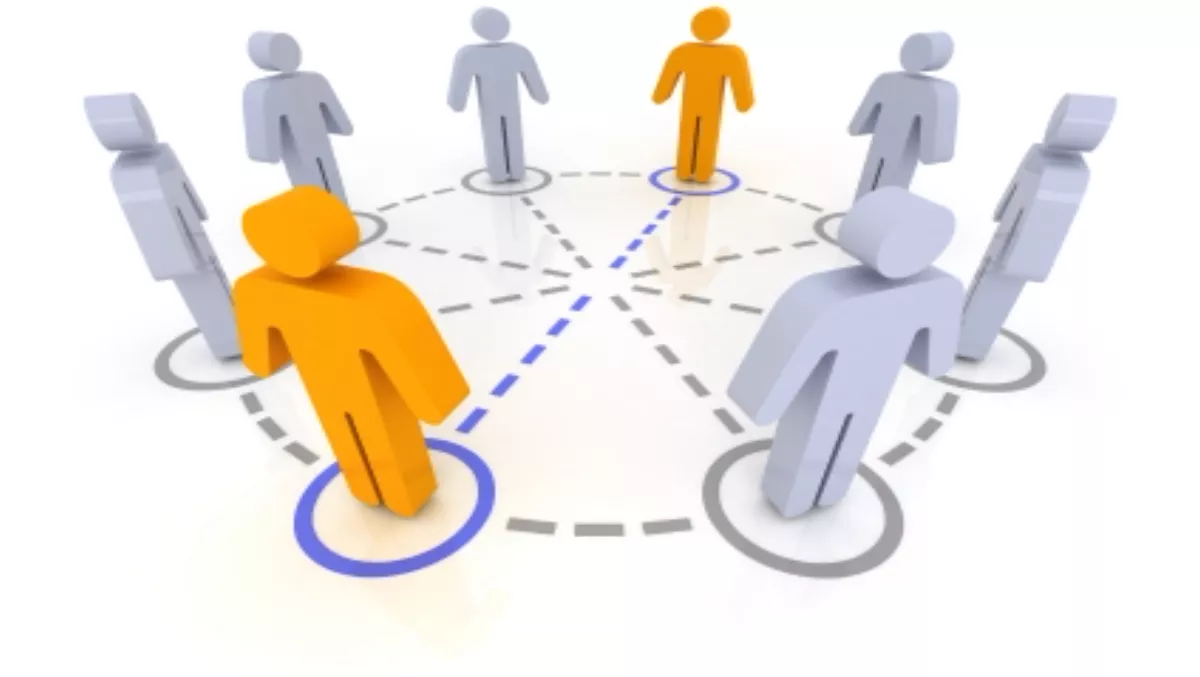With more than 500 million active Facebook users, half of whom log on daily, and more than 190 million Twitter users generating 65 million tweets a day, there is huge potential for engaging with this captive audience.Research firm Gartner defines Social CRM as "a business strategy that mutually benefits cloud-based communities and businesses by fostering engagements, while generating opportunities for sales, marketing and customer service”. In other words, it is a blend of social media and customer relationship management (CRM), and is more than having a Facebook page or Twitter account - it is about using these tools and others to listen to whatever is relevant to an organisation and connect with the target audience on their terms. Social CRM encourages businesses to engage with communities by sharing data and allowing users some control. Social CRM is an extension of traditional CRM, a new channel within this, and should not replace traditional activities, rather work in harmony with existing programmes. It must align with the culture, processes and practices of an organisation, so as not to be counterproductive to different areas of the business.The purpose of the Social CRM programme must be defined (improving customer loyalty or reducing costs of contacting customers), should be measured in business terms (increased customer satisfaction, number of sales leads generated) and monitored with appropriate tools.A clear plan of what the Social CRM programme will involve is also required, so everyone is on the same page about what is being pushed out, how queries will be responded to and who is responsible for each area. There must be clear responsibilities and commitment to Social CRM from everyone in an organisation in order to achieve the best results.Social CRM in actionAlthough it is interaction-driven rather than sales-driven, Social CRM can be used for more than just marketing activities, it can also be used by other teams to enhance programmes and relationships.Lead generation for sales teams:Social CRM can provide sales teams with new ways to find and talk to existing clients, and identify and profile prospective customers. It can also help identify customers’ interests, lifestyles and attitudes, giving a holistic view to help tailor sales messages.Keep customer service departments on their toes:Customers often use social networks as a channel to send, receive and communicate information on the products and services they use. Social CRM plays a role in identifying issues, essentially providing an early warning system for customer service departments - in the social networking arena no one is shy about sharing their experiences, particularly when they are bad.By tracking key words, complaints and influencers, teams can address any issues in a highly efficient way and quickly connect with the masses. Social CRM also creates valuable feedback loops, helping lead to improvements in customer satisfaction.The dream tool for marketersMarketing teams can use Social CRM for ideas management - engaging a community to share, capture and vote on ideas for the improvement of, or release of, new products, services, pricing, packaging, distribution channels and other issues. They can also run social campaigns, where they have the ability to make real-time adjustments to those campaigns, rather than applying lessons learnt along the way only to future initiatives.Social CRM can be used to track and analyse conversations around the brand, helping turn these conversations into actionable insights. It is crucial to use this channel to complement other marketing efforts to increase the effectiveness of all channels. Fostering viral and word-of-mouth campaigns to strengthen a brand can also be achieved through Social CRM.PR teams can tap into the social online space to monitor brand/product awareness and reputation, and for crisis management and damage limitation. Tools can be used to quickly identify issues, allowing teams to address these with pinpoint responses.Some great examples of Social CRM in action include Air New Zealand’s Airpoints Fairy (an extension of their customer loyalty programme), Giapo (engages followers with interesting videos/commentary around current affairs and gelato) and the Vodafone NZ Twitter account (demonstrates quick response to customer complaints and sends relevant information to followers).Social CRM tools for complete integrationThe insights that can be gained from a good Social CRM programme require time and IT investment. One of the main reasons some organisations are hesitant about diving into Social CRM is the lack of concrete evidence around its ability to attract new customers. This is no longer true thanks to some of the Social CRM tools available, as they report on and measure the impact of social media campaigns, integrating this into traditional marketing, sales and customer service activities to give a holistic view of customer relationshipsInvesting in the right technology solutions to help create, measure and monitor Social CRM activities is essential for determining the impact of these programmes.Although it isn’t right for everyone, Social CRM can offer an extra level of customer engagement that involves an organisation stepping into the customer’s space. It can be both rewarding and insightful.Join the Customer Relationship Management discussion in the NZ CRM Forum on LinkedIn to find out some more information on Social CRM. Visit http://tinyurl.com/47mrt3k
IT Brief New Zealand - Technology news for CIOs & IT decision-makers


